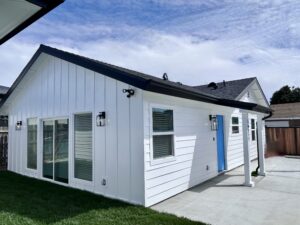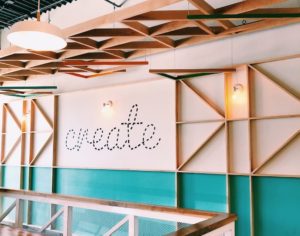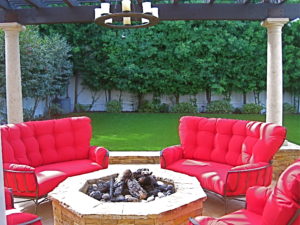Hiring an interior designer will be the best money you will ever spend
Why is an interior designer so important to your building process? Many times I hear the clients say, that they don’t need the design services, as they can do it themselves. How hard can it be to pick a few fixtures, tiles and colors? I am here to say that you will do yourself the best favor if you hire an interior designer to work with you on your remodeling process. I had one client who had a creative husband who thought he could do everything himself, and a designer would just be in his way. However, she appreciated all my input during the architectural phase, and she decided to hire me for the design services as well. We worked hard together, we included many artistic visions from her husband, along with hers, and the product was outstanding. After all was said and done, she said the best decision she has made in this process was to hire me for the design. It helped her access her taste and she felt comfortable to explore the things she liked and she was thankful for all the attention to detail, as well as all the problem solving solutions along the way.
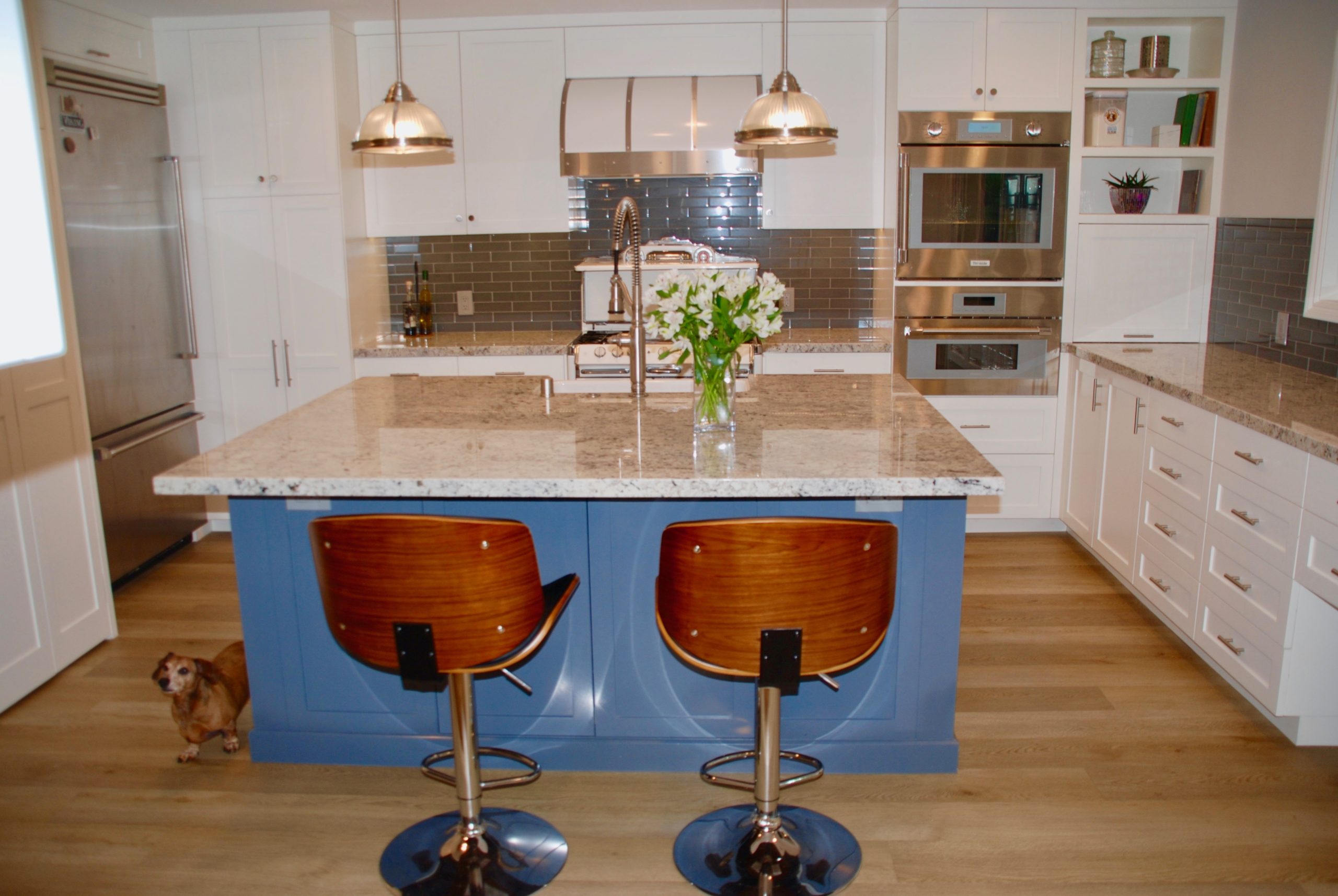
Here are 5 great reasons why a designer is essential to your remodeling project.
1. Trained to assess your space and your taste
Most interior designers are very flexible when it comes to the design style of your house. They are trained to adapt their talents to any style that suits you, be it modern, country or a transitional in between. A designer instinctively listens and observes so they can guide you, coach you and encourage you to find your inner style and bring it out within the design. By assessing your space and your vision, they steer the project from functional to beautiful. Sometimes, homeowners have unrealistic visions of what can be accomplished with their space, but a designer sets firm guidelines from the get go and a roadmap to follow, so that many decisions are made within the planning phase, where mistakes are part of the creative process.
2. Create a roadmap to success
A designer will spend a lot of time with you thinking, planning, talking and exploring your project so that any corner, crevice and situation have been figured out before committing a project to be built. In the planning phase, creative idea exchange is essential and welcomed. It is important not to short change this experience for the lack of patience and time, because the more you can access your likes and dislikes, the happier you will be in your new environment. My experience has been that if homeowners buckle down and work with the designer to create their space, they feel an immense pride and ownership of the process and the finished product.
3. Help create a budget/resource within your budget
A crucial part of the planning stage also includes the budget. A designer will keep an eye out on the budget during all the fun planning, dreaming and creating phase. At one point, most people would like to know how much things will cost. A designer is essential in creating a purchasing budget and a working budget so the cost does not run away and all the dreams go up in smoke before they can gain traction and become reality. Staying real is important, and a designer is well trained to keep an eye on all the details that cost money.
In addition, a designer has a bucket full of resources, and is able to make plenty of alternate suggestions that do not compromise the look, but work within your budget.
4. Work with the contractor and his timeline
Just as I am writing this article, my contractor called me and said:” I need you on this job, I need a designer.” This has been a job where I just provided drawings per the client’s request and they thought they could do the design on their own. So I asked him: “Why do you need a designer on the job? ” And he goes: “Because I am not a designer, I build, and I need the stuff when I want it, where I want it, ready to go, or the job delays.” And here is one of the most important roles of the designer on the construction site. They have the ability to move a project within the timeline and demands of the general contractor, as well as all the sub contractors. They understand the rhythm of a jobsite, the way all the subcontractors interact, and what they need at what particular time. A designer has the ability to read structural and mechanical plans, so all the components will came together perfectly under their watchful eye. They speak the lingo of the jobsite, they understand codes and they push details in a way that an owner just can’t. A contractor does not have the time to educate an owner on the nuances of building details, and design choices. A lot of frustrations stem from the miscommunications between the owner and the contractor, and that is why a designer is the essential in between who has the ability to navigate between both waters.
5. Furniture placement and general flow of the house
Technically, the purchasing and placement of furniture falls more in the lap of the decorator, however furniture choices should be addressed very early in the planning stage. One of my clients had a large dining table they loved. At 5’x5′ in size, we had to design the space for it to fit properly, especially once the leaves were also inserted. Focusing on this item early surely avoided the disappointment later on. But one of the most important reasons why you need the designer to draw up a furniture plan is because of the placement of electrical and mechanical components. You want to make sure you have an outlet next to your bed, lights to read and a TV that functions without an extension court. You don’t want your return covered by a bookshelf, or heat blowing under your antique dresser. A perfectly functioning electrical and mechanical design must have a well thought out furniture plan to lean on. A designer will focus on your furnishings early on, so that there aren’t any surprises later on. Re doing electrical outlets, moving fixtures and wires is very expensive and frustrating.
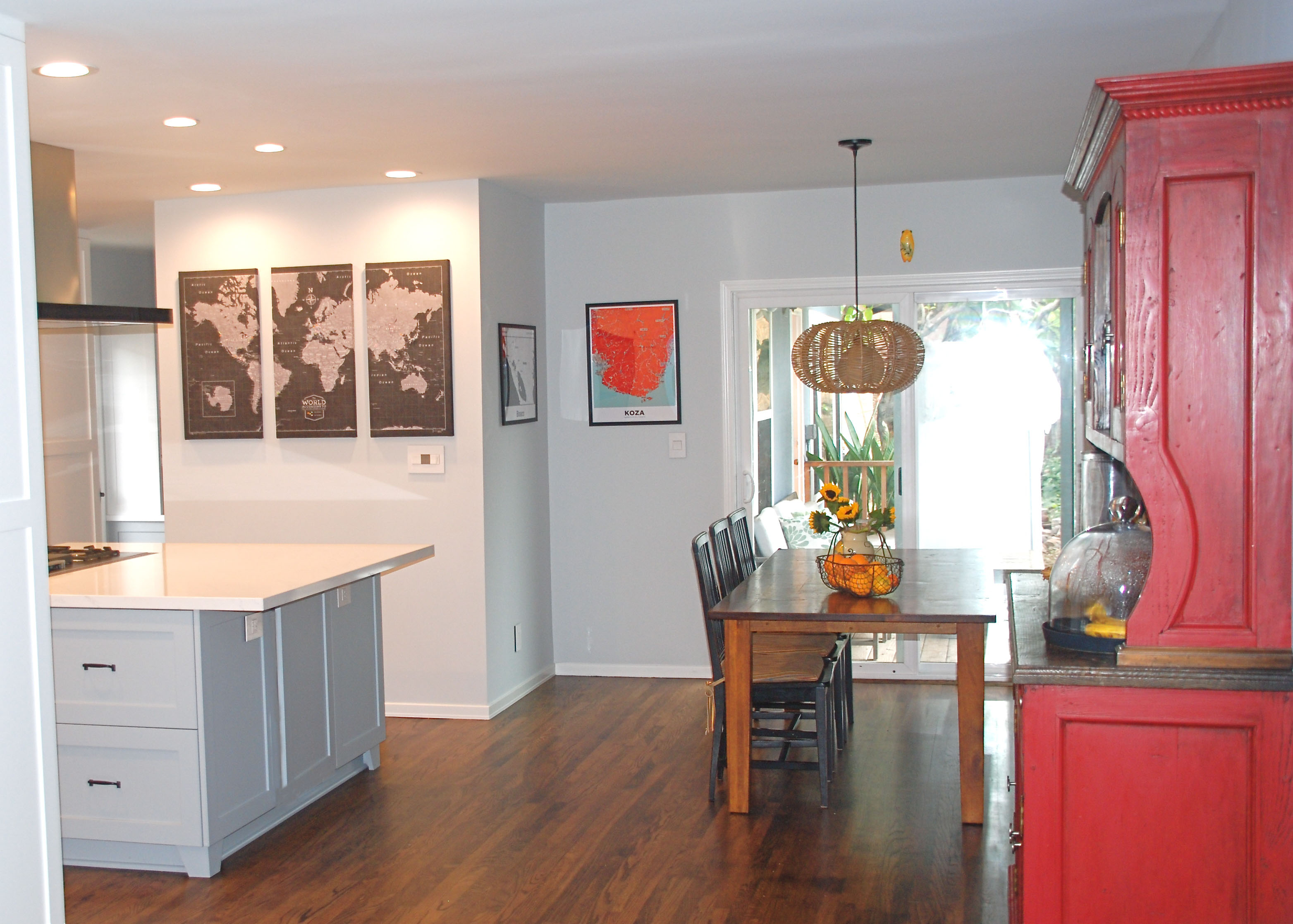
Do you still think you can do this by yourself?
![]() Happy Building.
Happy Building.
Do you need some specific design advice? or some professional input on one of your spaces? Set up a virtual design consultation today!
[consult_button]
